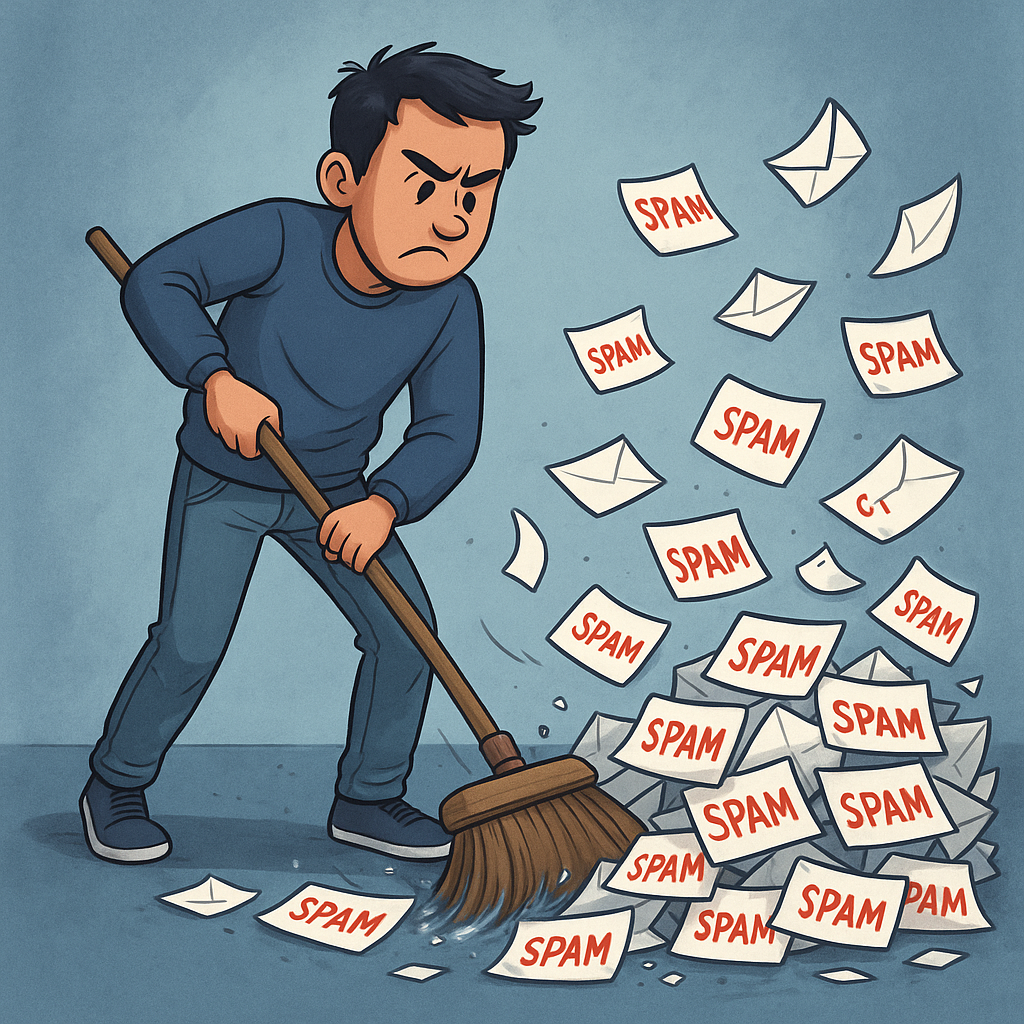Warming up domains is critical to avoid spam folders — and AI tools now make it easier than ever. This post walks you through how to warm up a new domain using AI-based platforms and common pitfalls to avoid.
Launching a new domain for outbound sales? If you don’t warm it up properly, your emails will hit spam, bounce, or even get your domain blacklisted. AI can help you warm up the right way, without relying on outdated methods or wasting weeks on trial and error. This post breaks down the science of domain warmup, how AI fits in, and how to protect your sender reputation from day one.
Why Email Warmup Is Non-Negotiable
When you send emails from a brand new domain, email service providers (Gmail, Outlook, etc.) are watching. They track volume, engagement, complaint rates, and sending behavior. If you go from zero to 500 cold emails a day, your domain gets flagged.
Warming up a domain is like building trust with ISPs. You’re proving:
- You’re a real sender
- Your recipients engage with your emails
- You don’t send spammy content
How AI-Powered Warmup Works
Modern tools like Mailreach, Warmbox, Instantly, and Lemwarm use AI to create engagement across a network of controlled inboxes. Here's what that looks like:
- Email Sending: Your domain sends a small batch of emails to trusted inboxes.
- Engagement Simulation: AI generates opens, clicks, replies, and positive engagement.
- Spam Rescue: If your email lands in spam, it’s automatically marked as "Not Spam" to boost reputation.
- Ramp Scheduling: The AI increases your send volume gradually — 10 on day 1, 15 on day 2, and so on.
These tools simulate the kind of natural behavior ISPs expect, without any manual effort from your team.
Steps to Warm Up Your Domain with AI
- Choose a warmup platform — make sure it’s integrated with your sending tool (Gmail, Outlook, SMTP, etc.)
- Connect your domain — authenticate with SPF, DKIM, DMARC, and custom tracking domain if possible.
- Start warmup — configure your schedule and let the AI run. Most tools recommend 2–4 weeks.
- Monitor performance — use built-in dashboards to track placement, engagement, and any spam flags.
- Gradually switch to real campaigns — once you’re sending 40–60 warmup emails per day, you can start mixing in real cold outreach.
Common Mistakes to Avoid
- Sending large campaigns from day one
- Using the same domain as your main site (create subdomains like get.company.com)
- Skipping DNS authentication records
- Failing to rotate inboxes (always use multiple inboxes per campaign)
Advanced Tips
- Use warmup replies that mirror your real email tone
- Avoid “testing” with fake content — use content that mimics what you’ll actually send
- Monitor reply rates and engagement drop-off as you increase volume
The Role of AI Beyond Warmup
Once your warmup period is complete, AI can continue protecting your deliverability:
- Classify bounces and spam complaints
- Suggest optimal send times
- Track reputation changes by provider (e.g., Gmail vs. Outlook)
- Auto-adjust sending volume in real-time

If email is part of your growth engine, protecting your deliverability is protecting your pipeline. AI makes it easier, safer, and faster to warm up domains properly — so your real campaigns hit real inboxes.


.jpg)


.svg)